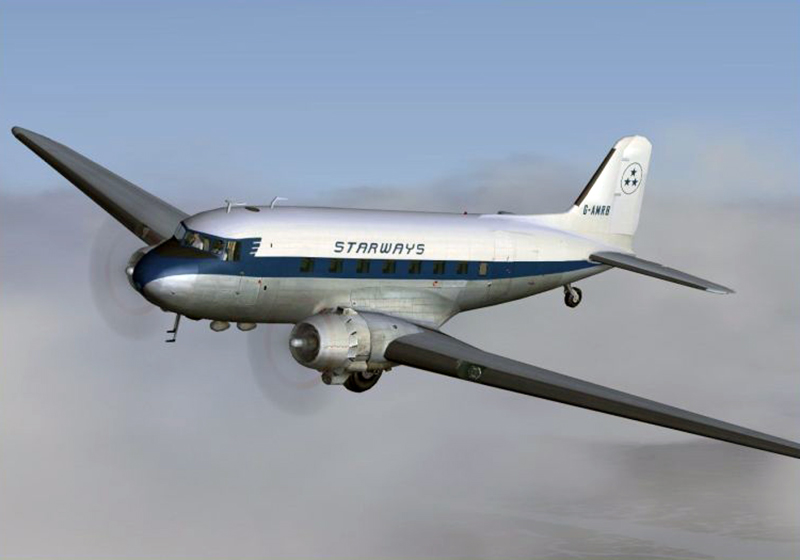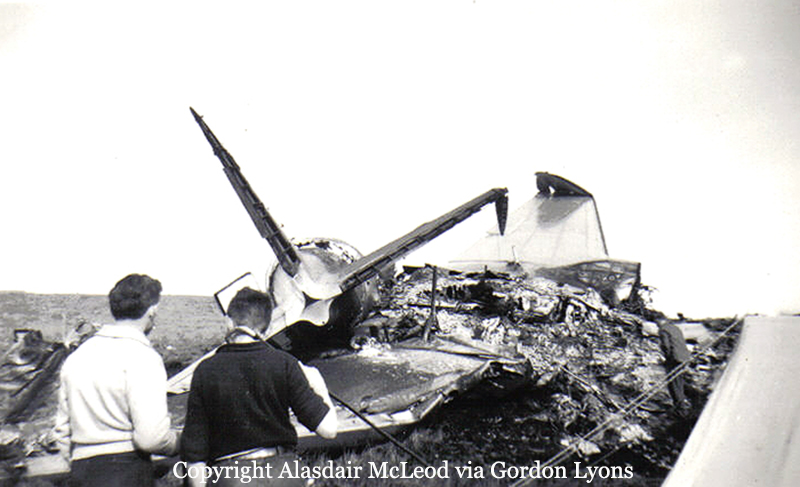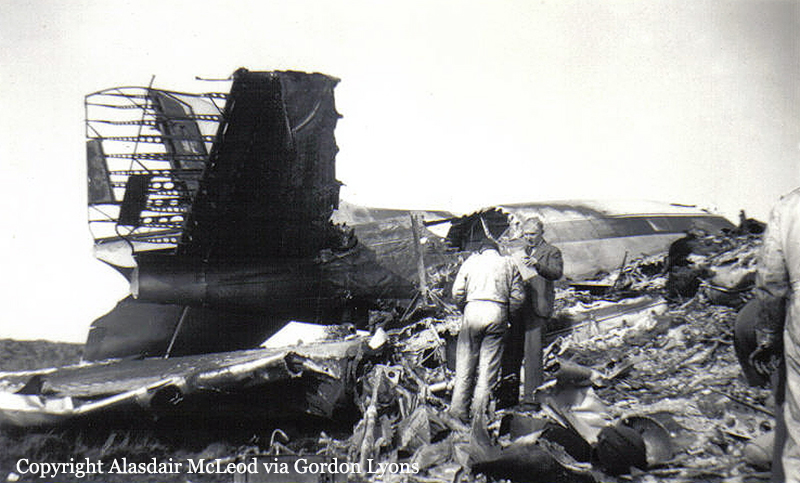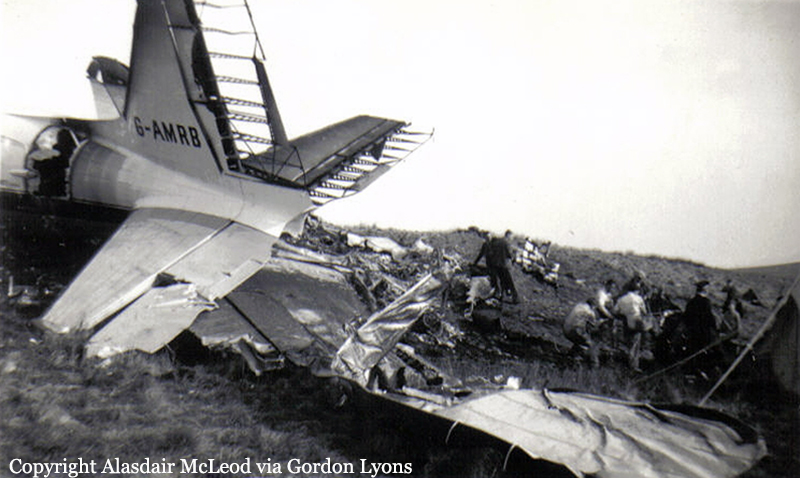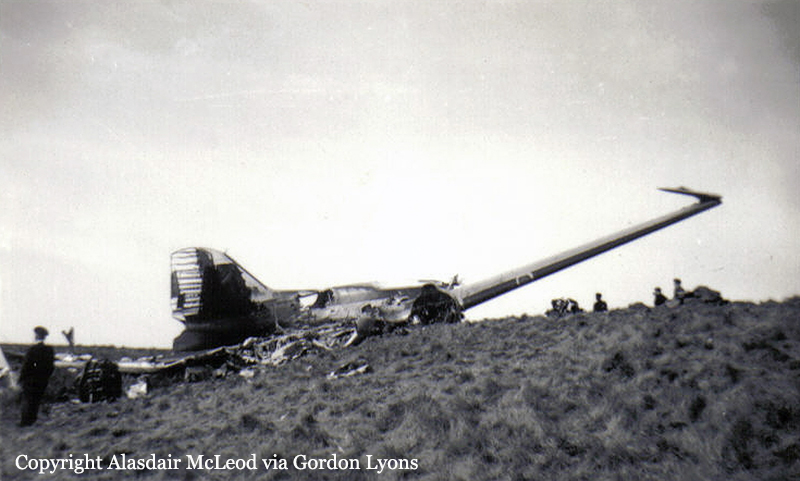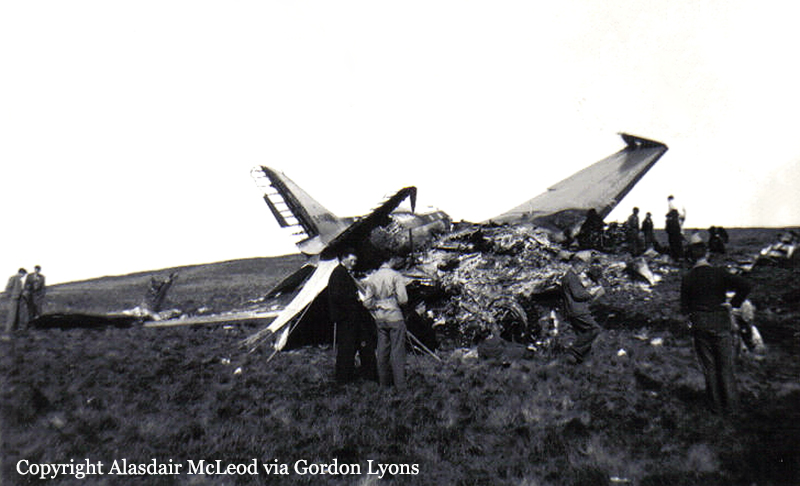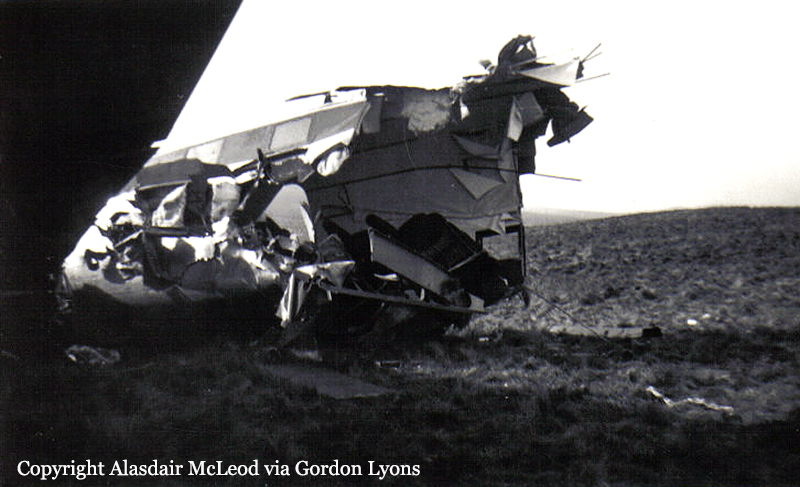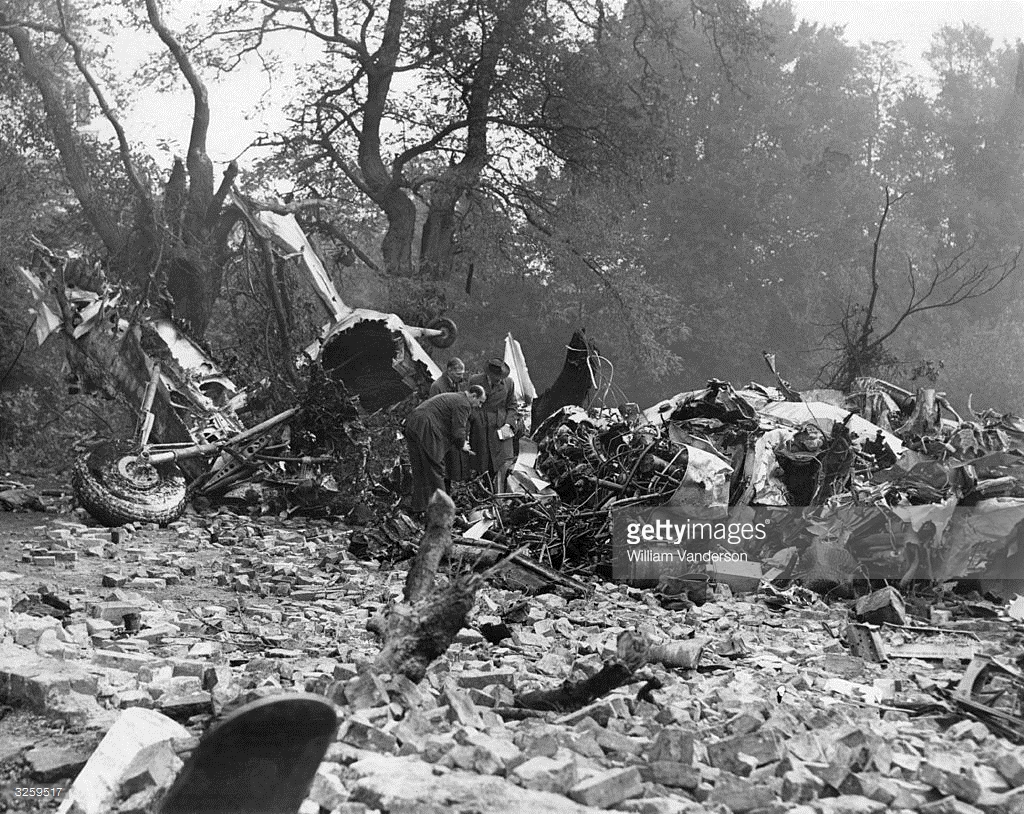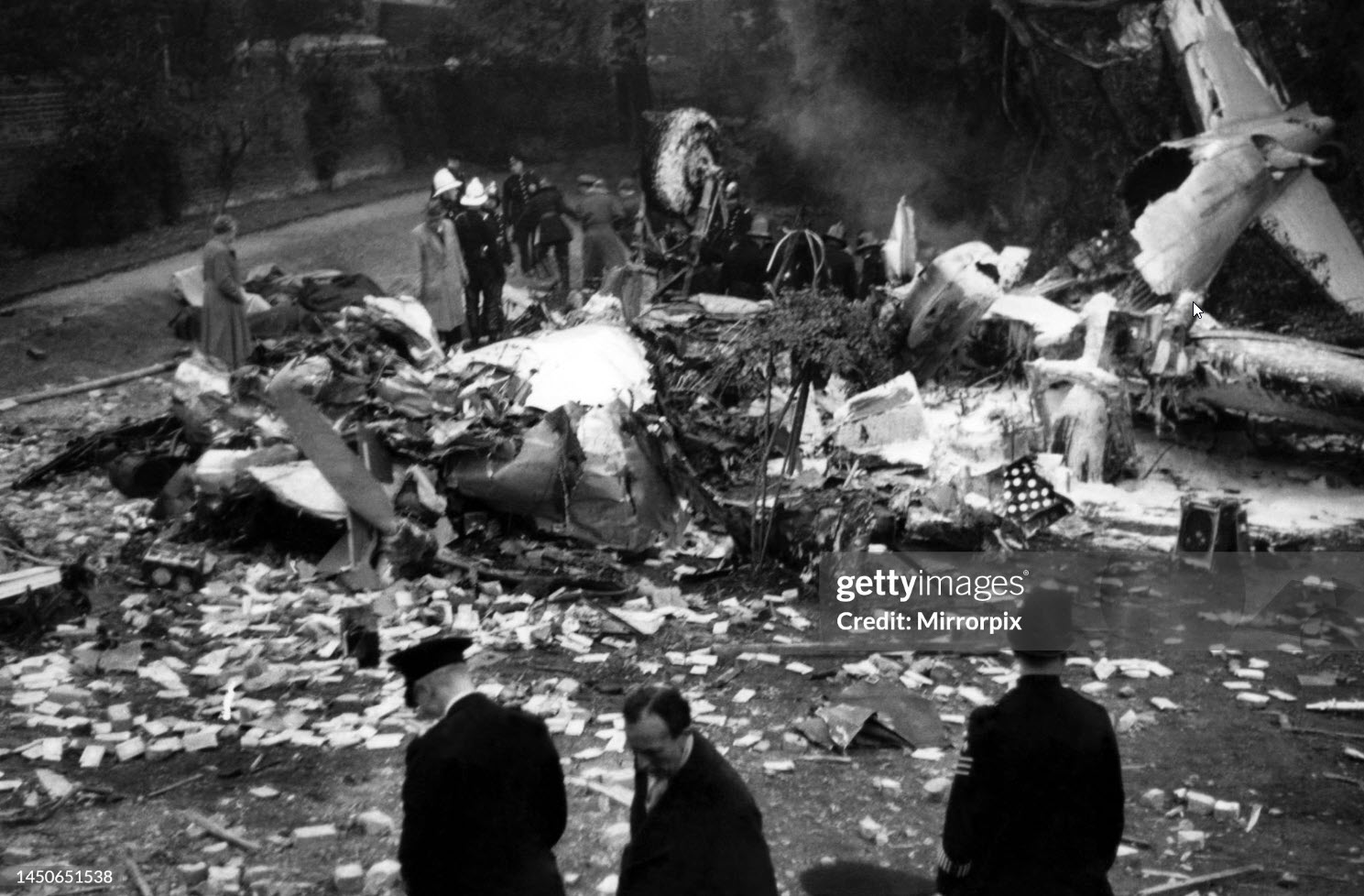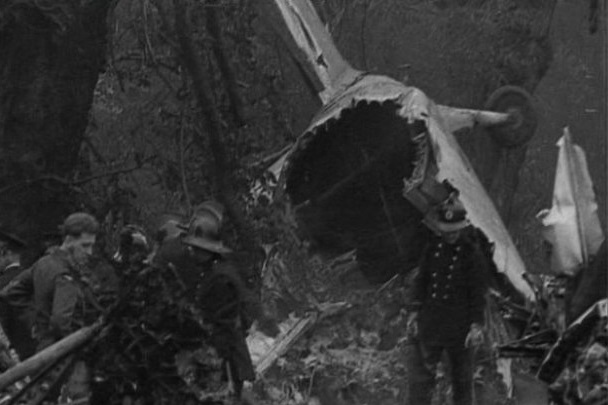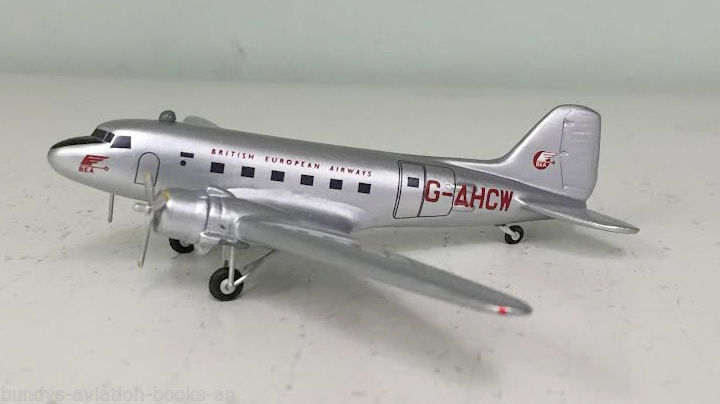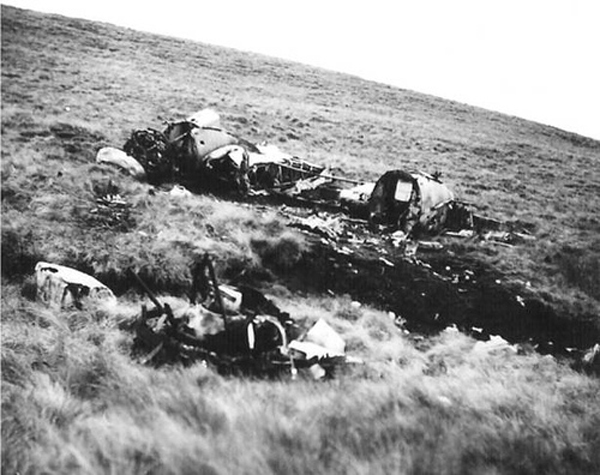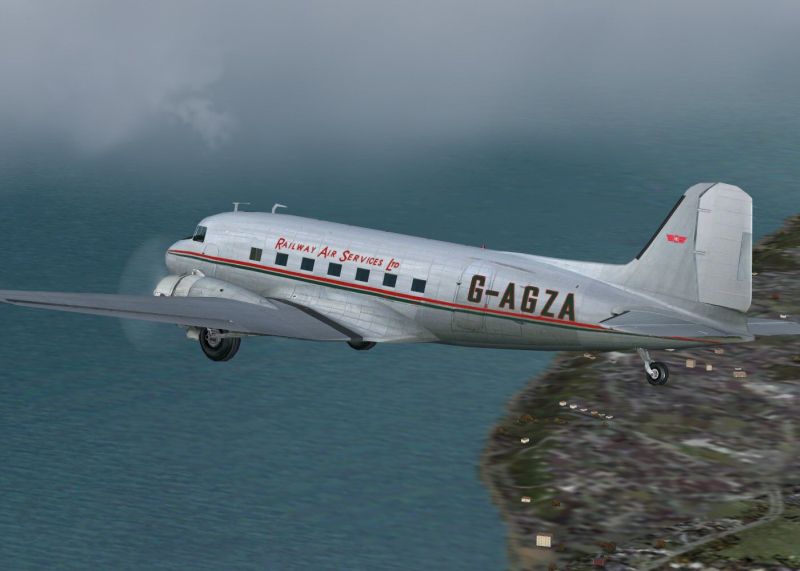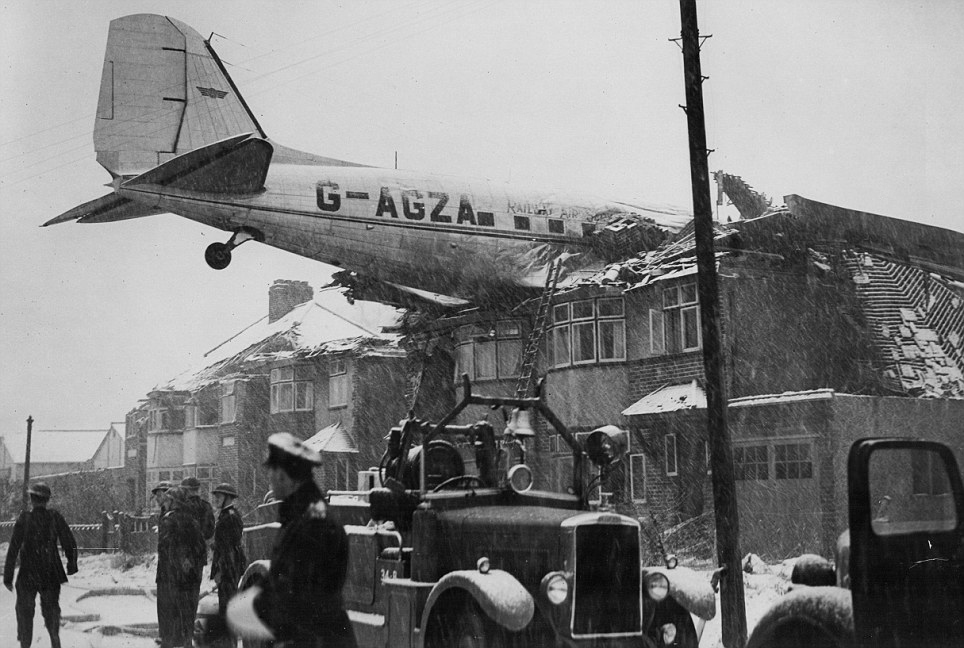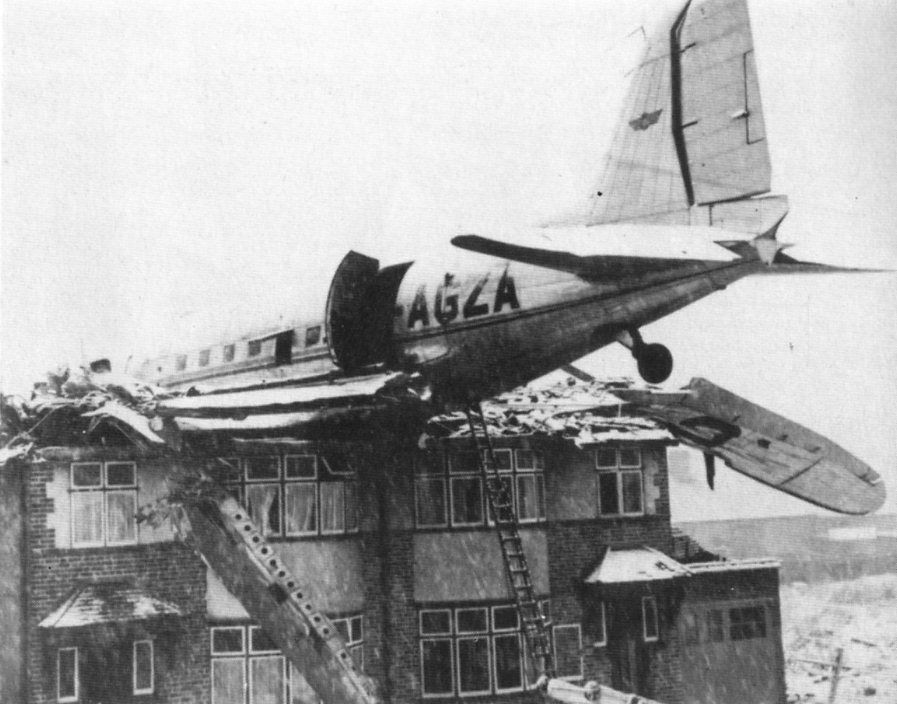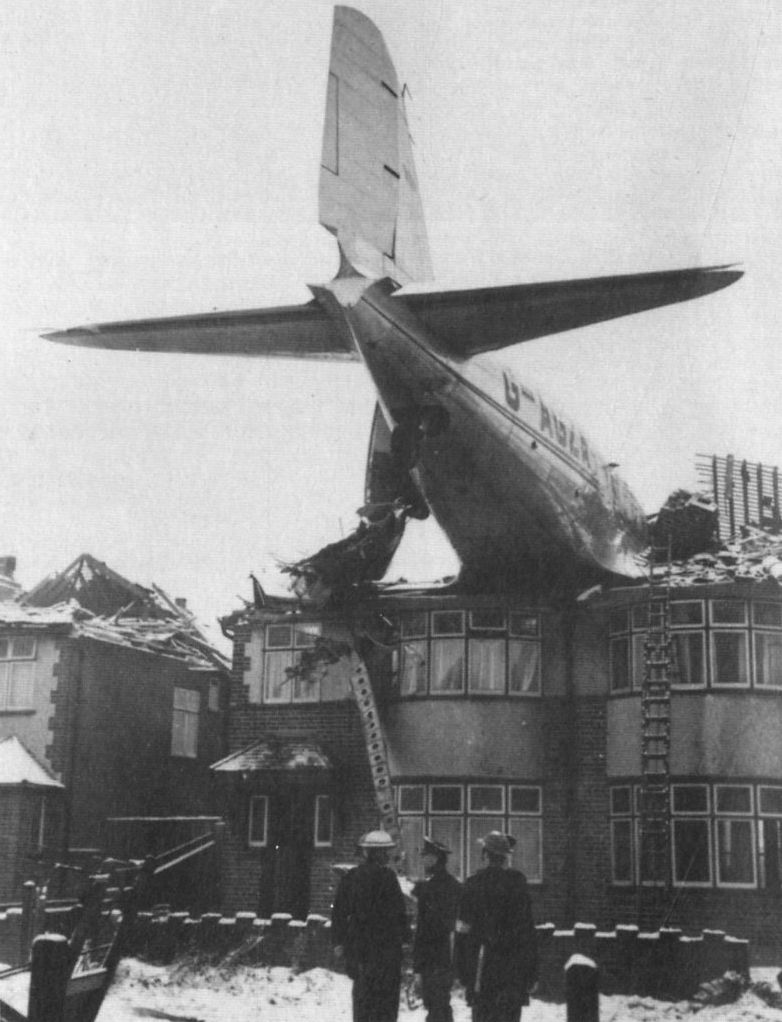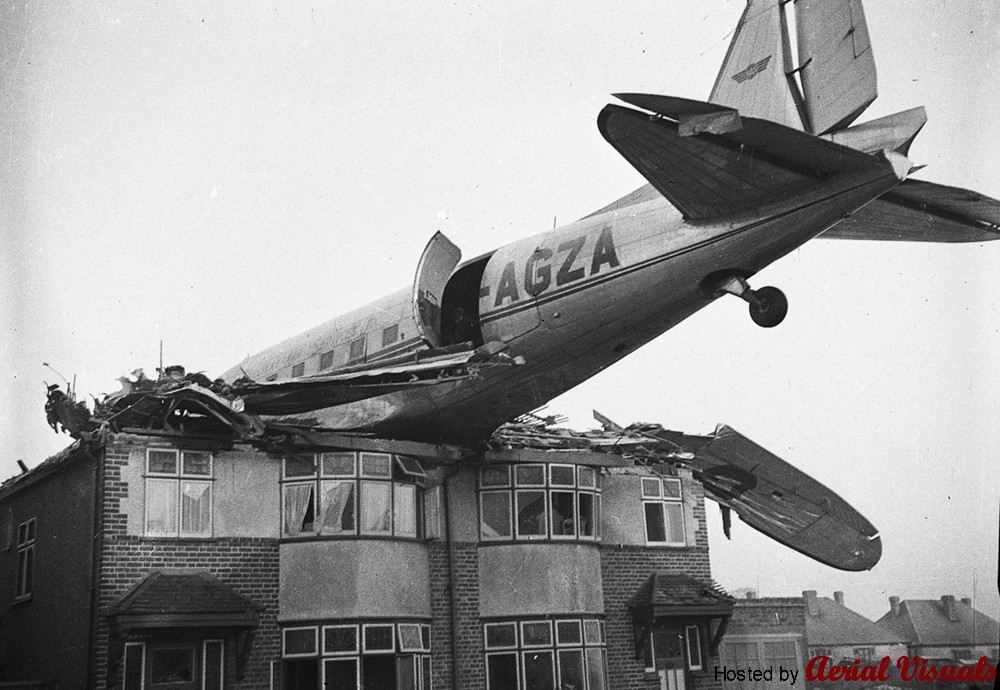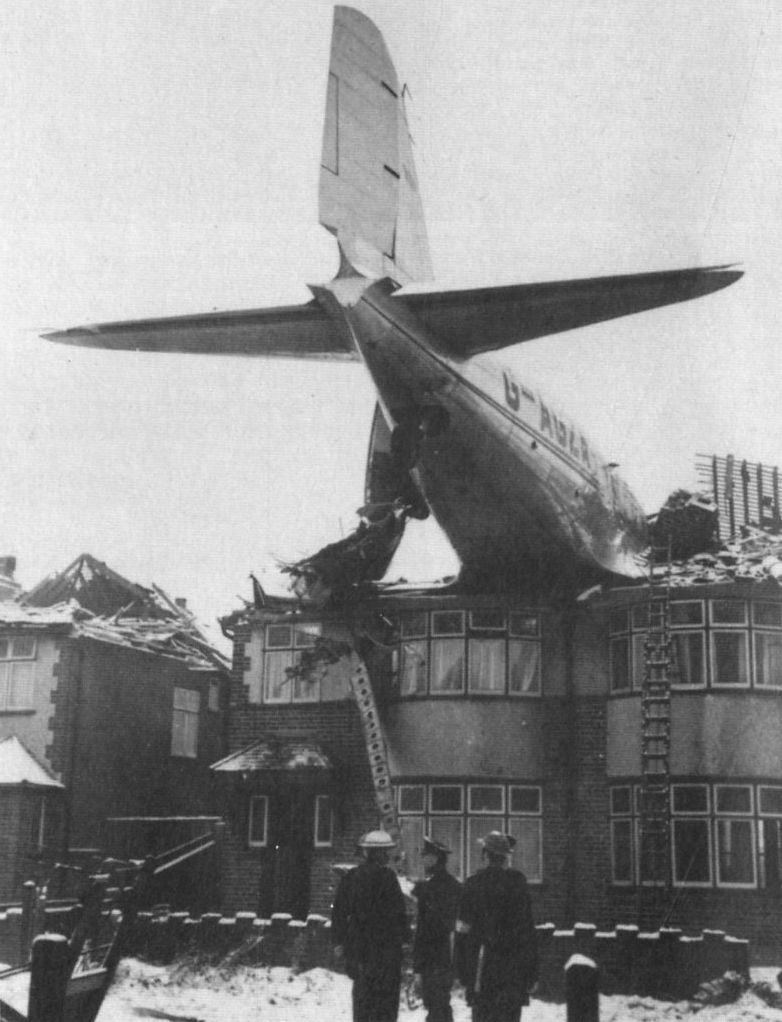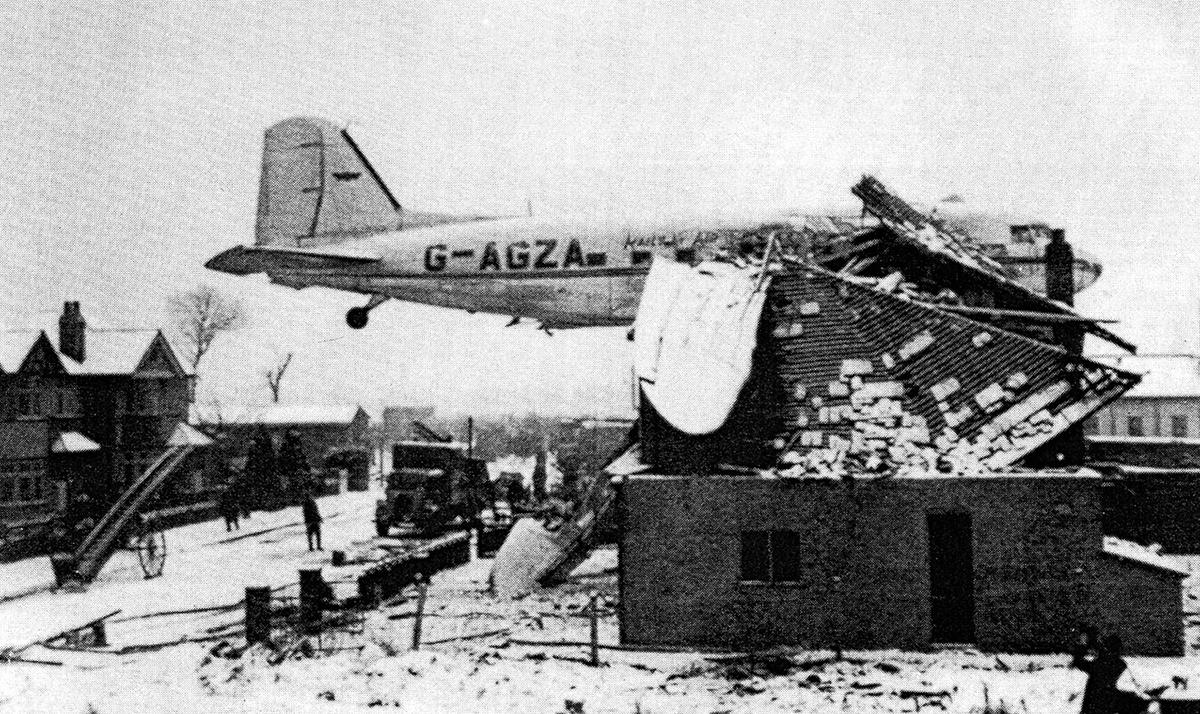Crash of a Boeing KC-135A-BN Stratotanker at Minot AFB: 13 killed
Date & Time:
Jan 17, 1968 at 0900 LT
Registration:
58-0026
Survivors:
No
Schedule:
Minot - Glasgow
MSN:
17771/241
YOM:
1959
Crew on board:
5
Crew fatalities:
Pax on board:
8
Pax fatalities:
Other fatalities:
Total fatalities:
13
Aircraft flight hours:
4996
Circumstances:
The departure from Minot AFB to Glasgow was attempted in a snowstorm. At liftoff, the four engine airplane went out of control and crashed in flames within the runway edge. The airplane was destroyed and all 13 occupants were killed, among them Maj Gen Charles M. Eisenhart who was completing a troop's check.
Probable cause:
It is believe the pilot-in-command over-rotated for unknown reason.




